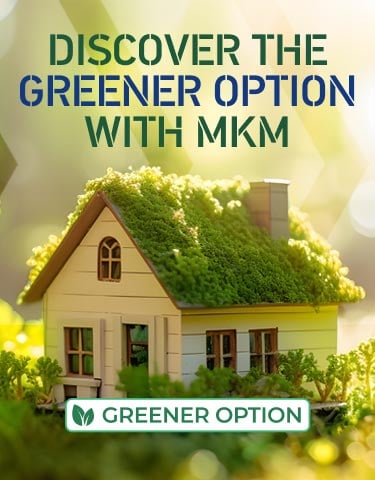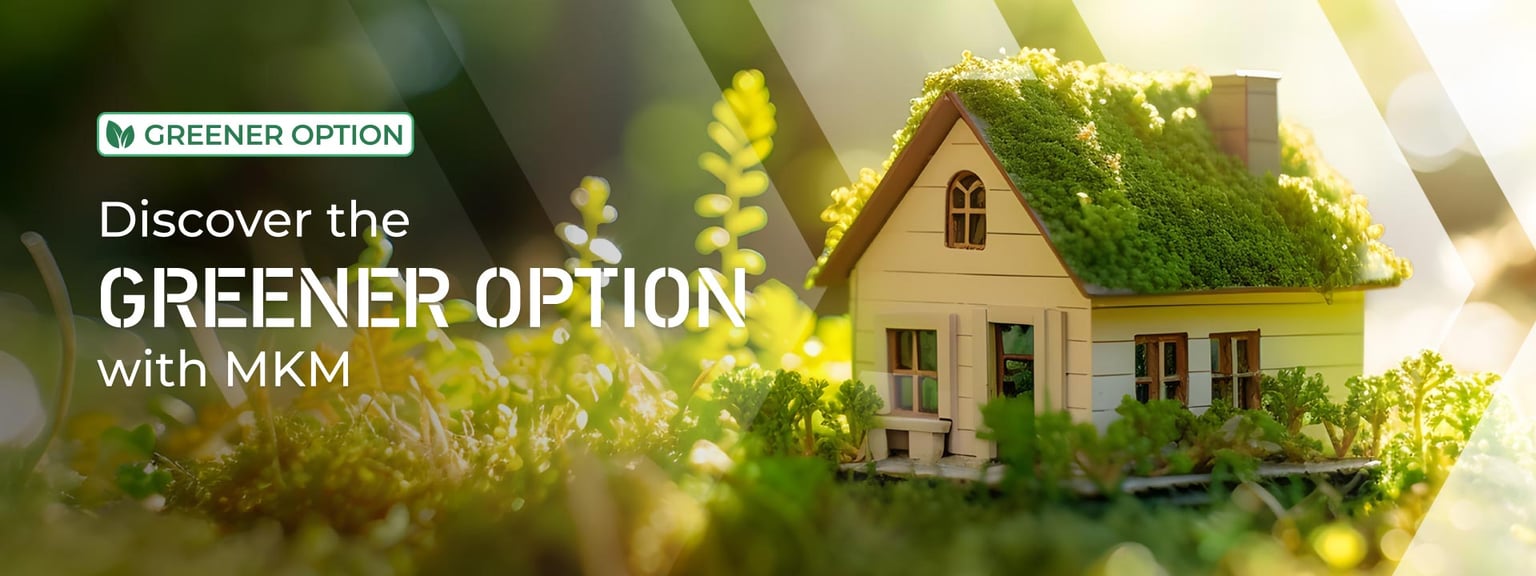Can you reduce your impact on the planet?
Our 'Greener Option' Products: Paving the Way for Eco-Effective Solutions
Most of us recycle and try to play our part at home. But what about the materials we use at work, in buildings and projects? With our ‘Greener Option’, we’re highlighting products that can help make a difference. Whether it’s the energy used, what it’s made from, or how it can help with a healthy home or planet.

17% of the UK’s greenhouse gas emissions are from homes and the choices we make here can have a big impact. But there’s a lot of information out there, so that’s where Greener Options can help. It’s an option that has less environmental impact in some way. That doesn’t mean zero impact on the planet, but it’s a better choice and a step in the right direction.
Explore our ‘Greener Option’ Range
To help you understand your options, we’re highlighting products which we’re calling our ‘Greener Option’.
These are things designed to reduce energy use, are made from materials that have a lower impact on the environment, or they contribute towards a healthy home and planet. To qualify as a ‘Greener Option’, the product can fall into one or more categories, and depend on the type of product.
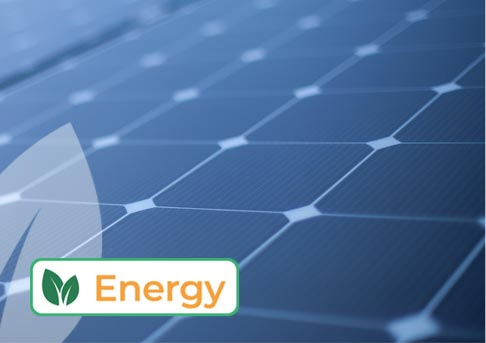
Reduce energy use
To qualify, these must: 1. be more energy efficient than a traditional alternative 2. Give greater control over energy use at home 3. Exist to reduce energy use, or 4. Use or generate renewable energy
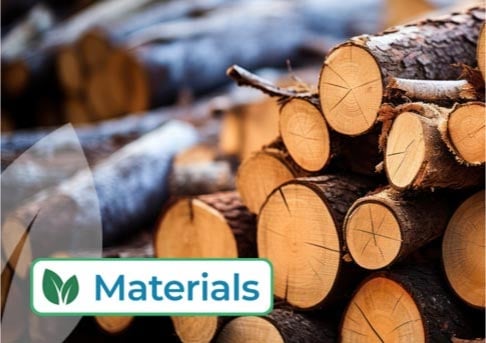
Responsible use of resources
To qualify, these must be: 1. Sustainably sourced timber 2. Made from recycled materials 3. Made from alternative or renewable materials 4. Designed for a longer product life
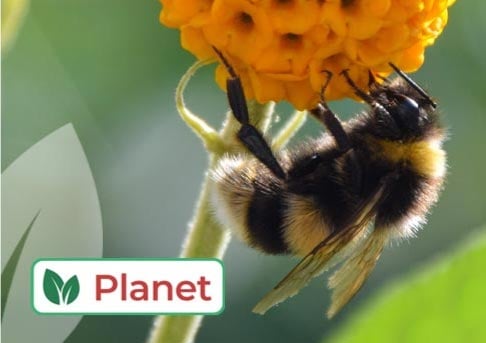
Healthy home & planet
To qualify, these must: 1. Contribute towards a healthier living environment 2. Encourage and support biodiversity 3. Use and deal with water responsibly
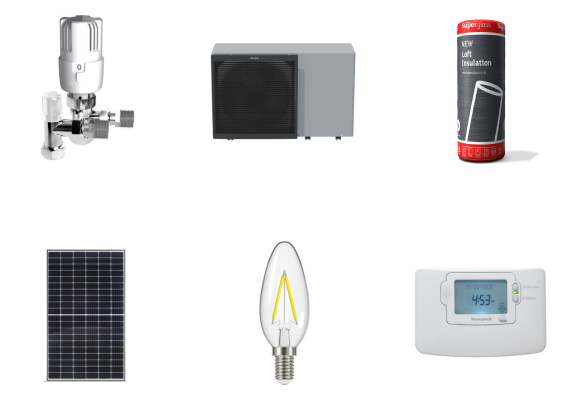
These are products that are designed to reduce the energy used in homes and buildings. They can help save money spent on energy and reduce carbon emissions. There are several ways that this can work:
- Energy control products such as Thermostatic Radiator Valves for single radiators and Smart Thermostats for entire homes, which optimize heating and monitor energy loss.
- Heat retention solutions including insulation, draught-proofing, and efficient windows or doors, reducing the need for energy.
- Renewable energy products like solar PV, air and ground source heat pumps, which decrease reliance on fossil fuels and CO2 emissions.
- Energy-efficient alternatives including LED lightbulbs, water-based underfloor heating, and induction hobs, surpassing traditional options in energy savings.
What's included
A-rated appliances: Appliances have energy labels with A being the most energy efficient.
Draught proofing: If you can feel a draught warmth could be leaking out of your home. Draught proofing can prevent heat from escaping through openings in frames, windows, and doors, between floorboards or under skirtings.
EV chargers: Supporting the transition to low carbon electric vehicles.
Heat pumps: These take warmth from the outside air or ground to heat your home. They are very energy efficient, with the heat energy generated is far more than the electricity energy used. We include the pumps and accessories.
Heating system additives: Chemicals that can increase the efficiency of heating systems, reducing the energy needed to achieve a specific temperature.
Induction hobs: Induction hobs are made to heat pans directly instead of the surrounding air. This makes them more efficient compared to other types of electric hobs.
Infrared digital thermometer, thermometer, hygrometer: Tools to understand how well a building retains and uses heat.
Insulation: The job of insulation is to reduce heat loss from whatever it is insulating; whether that’s hot water pipes, through walls, under floors, in your loft or anywhere else. The less heat that is lost, the less energy is needed to maintain the correct temperature, so it is energy efficient.
LED lighting: LED lighting is more energy-efficient than other types of lighting including traditional tungsten or low energy options.
PIR motion sensor: A motion sensor makes a light switch on when it detects someone and turn off when nobody is around. This can help lower your home's energy use.
Solar powered devices, Solar PV systems, Solar hot water systems: Solar energy is completely renewable and emits no carbon, it does not rely on electricity from the national grid which can be from fossil fuels.
Smart devices & thermostats: Smart controls help homeowners manage thermostats, electrical devices, and lighting in your home, adapting them to your needs and in some cases responding to behaviour to help reduce energy use or setting up zones within a home to avoid heating empty rooms.
Timers: A timer for lighting and other electrical devices can automatically switch them on and off as necessary. This can help decrease your home's energy usage.
Thermostatic Radiator Valves: A thermostatic radiator valve (TRV) lets you adjust the temperature of a radiator, so you can heat specific areas of your home as needed. This can help lower your home's energy use.
Underfloor heating & accessories: Underfloor heating, distributed through pipes, consumes less energy compared to a typical wall-mounted radiator. This is because it covers a larger surface area and efficiently warms a room at a lower operating temperature
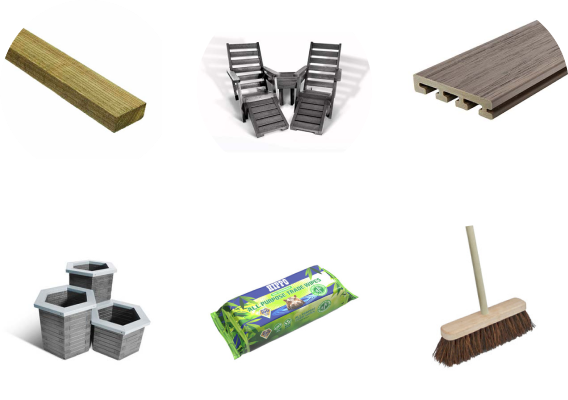
These are products that contribute towards responsible use of resources, either in their production or their purpose. If the item is made from a mix of materials, the majority must count as ‘responsible’ to be included in this area. So, for a paintbrush with a wooden handle, metal ferrule and synthetic bristles, we’d only include this item within ‘Responsible use of materials’ if most of the materials qualified – for example sustainably sourced timber with a recycled metal ferrule.
There are several ways a product can be included in this category:
- FSC and PEFC certified timber available, with necessary documentation upon request.
- Products made from 50% or more recycled materials, such as plastic, polyester, and reclaimed brick.
- Goods crafted from renewable materials like bamboo and hemp, substituting conventional resources.
- Durable, repairable items designed for extended use and energy efficiency.
What's included
Timber, sheets, joinery: Certified timber and timber products that are from well managed forests. Including timber and products from timber like stair parts or wood flooring.
Lead flashing: Made from 100% recycled lead.
Composite decking: Containing high percentage or recycled materials.
Plaswood: The material in Plaswood products is from 100% recycled soft plastic.
Paper products: Paper products that are made from recycled materials, for example blue roll.
Bamboo: Wipes or fabric made from bamboo fibres if this is sustainably sourced and accredited accordingly.
Coconut husk, Bassine: Used as stiff bristles for scrubbing brushes or brooms.
Hemp: Once commonly grown in the UK for rigging, now being developed into products like Insulation or concrete alternatives.
Designed for longevity: Products designed with parts that are easily replaced; a metal knife with blades that can be replaced vs a plastic snap blade option, or a steel rule vs a plastic option. Also included here are replacement parts.
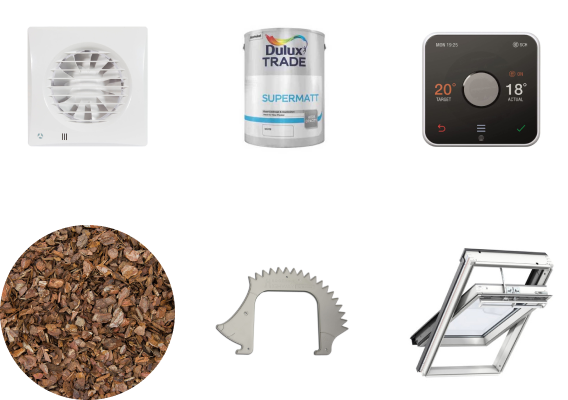
These are products that contribute towards a healthy environment for life on land and in water. That includes healthy homes for humans, encouraging biodiversity, and protecting our water.
There are several ways a product can be included in this category:
- Enhances indoor living with products for comfortable temperatures, natural lighting, and air quality control.
- Supports biodiversity, accommodating local wildlife such as bats, birds, and insects.
- Promotes responsible water usage in homes and gardens, including consumption and rainwater management.
What's included
Attenuation systems: Attenuation crates help deal with surface water and can help reduce flooding.
Dehumidifiers: Dehumidifiers remove moisture form the air, contributing towards optimum living environment.
Heating controls: Products that can help maintain comfortable living temperature through adjustable heating controls.
Shading: Products that can help prevent homes overheating, or contribute towards comfortable living temperature through providing shade.
Extractors: Improve air quality by removing moist or stale air from our homes, this includes MVHR systems that recover heat that would be lost.
Animal habitat: Bat boxes, bird boxes, bee bricks, hedgehog highways – lots of options to help encourage wildlife.
Taps and showers: The unified water label defined higher green bands for basin taps (<6litres/minute at 3 bar pressure), showers (<8litres/minute at 3 bar pressure) and kitchen taps (<6litres/minute at 3 bar pressure). uwla.eu.
Toilets: Toilets that are low flush or dual flush with an effective flush volume of 4.5litres or less classified as efficient practice within BREEAM water requirements. Waterwise.org.uk .
Greenhouses, planters, raised beds: Supporting us to grow our own plants and vegetables, with many mental and physical health benefits.
Compost bins: Composting is a great way to recycle and reduce our waste, and create nutrient-rich compost for plants.
Water butts & watering systems: Reduces treated water needed for plants. A watering system is far less water intensive than a hose.
Mulch: Reduces evaporation from beds, reducing the water needed for healthy plants.
Permeable landscaping: This allows rainwater to filter through and is less likely to contribute to surface water flooding.
Fixing drips or leaks: A dripping tap wastes at least 5,500 litres of water a year Water UK so products that can help with this are included.
Dishwashers: Dishwashers use less water than washing by hand home-water-works.org but must also meet our minimum energy rating criteria.
Low VOCs: Paint, chemicals or treatments with low Volatile Organic Compounds can help people with allergies such as asthma.
Roof windows: modern roof windows can reduce heat loss, improve ventilation, and decrease humidity levels, all of which contribute to a healthy home environment.
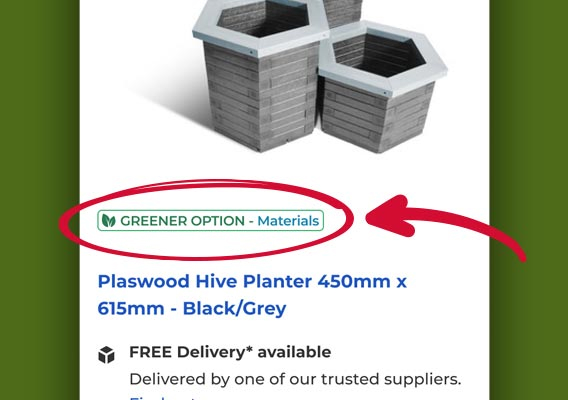
Our original Greener Choice criteria were submitted to our external sustainability consultants for review and will be verified during 2024. Products are assessed by the MKM sustainability team before being marked as a Greener Choice.
The criteria are subject to continuous review, and all Green Choice products reviewed annually.
Products may appear in more than one category.
What is excluded?
We will not classify any of the following as a Greener Option:
· Items with less than 50% recycled content – so a plastic compost bin would be excluded if it was made from over 50% virgin plastic · Products that are from mixed materials where less than 50% qualify as a Greener Option. · Artificial grass is not included, even if it is made from recycled materials · Single use items like paint tray liners, PPE, wipes, batteries· Taps with a flow rate of more than 8 litres per minute at 3 bar pressure· Standalone gas appliances that are not part of a systems that uses renewable energy· Products containing peat · Wood or timber products containing wood that is not FSC or PEFC accredited · Electrical appliances that are energy rated B or lower. · Products with bulbs that are not LEDs· Pesticides or chemicals that are dangerous to aquatic life · Garden sprinklers designed to be connected to a hose on full pressure.
